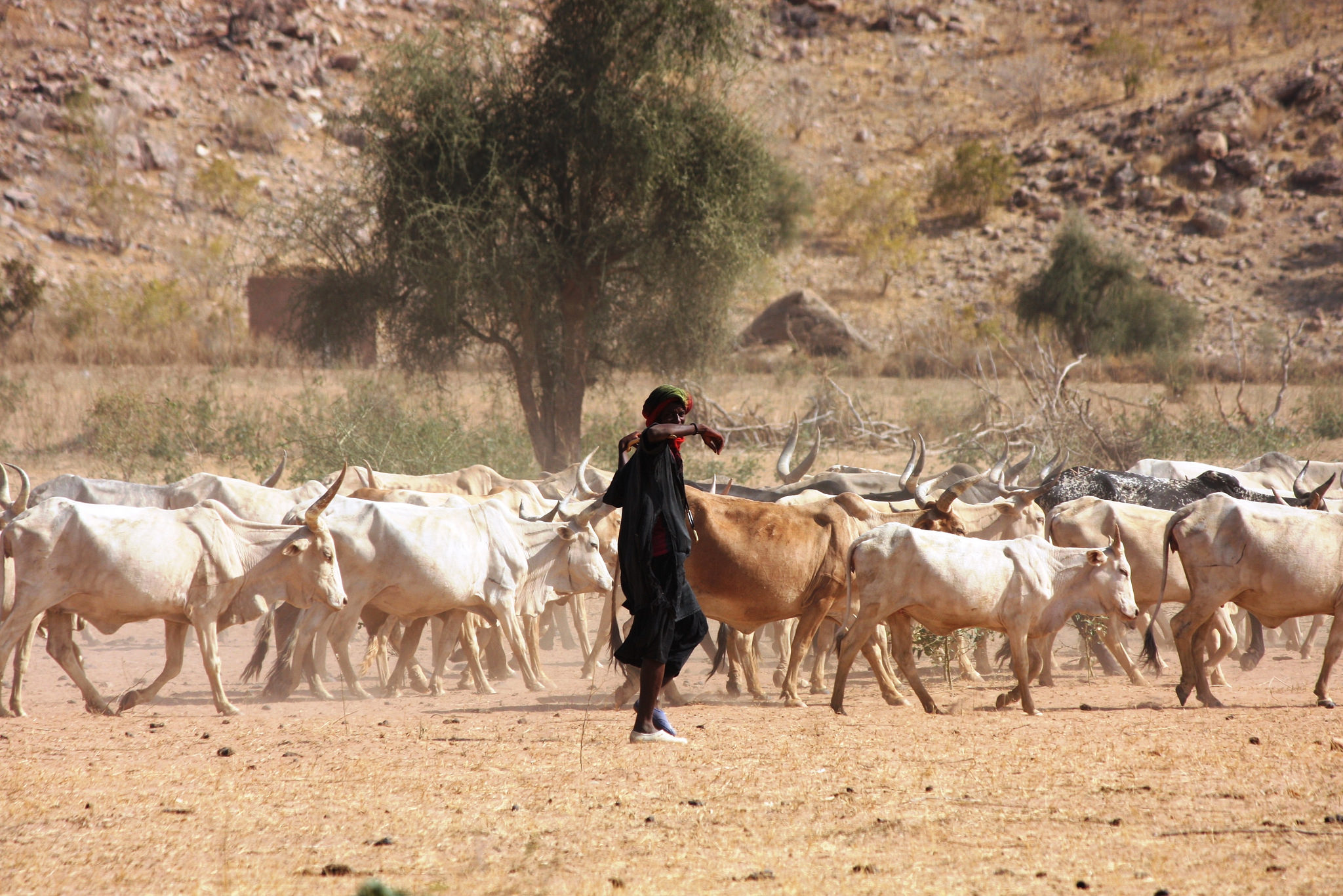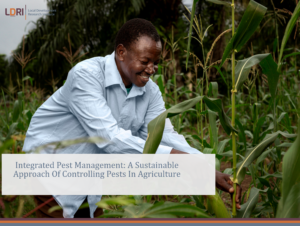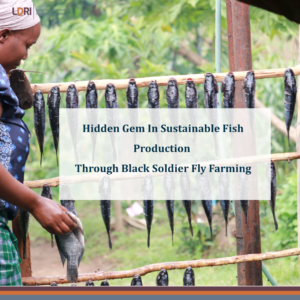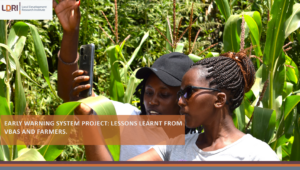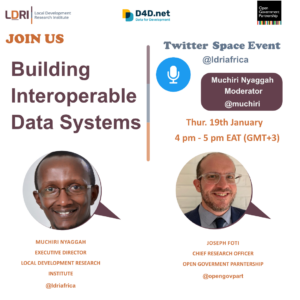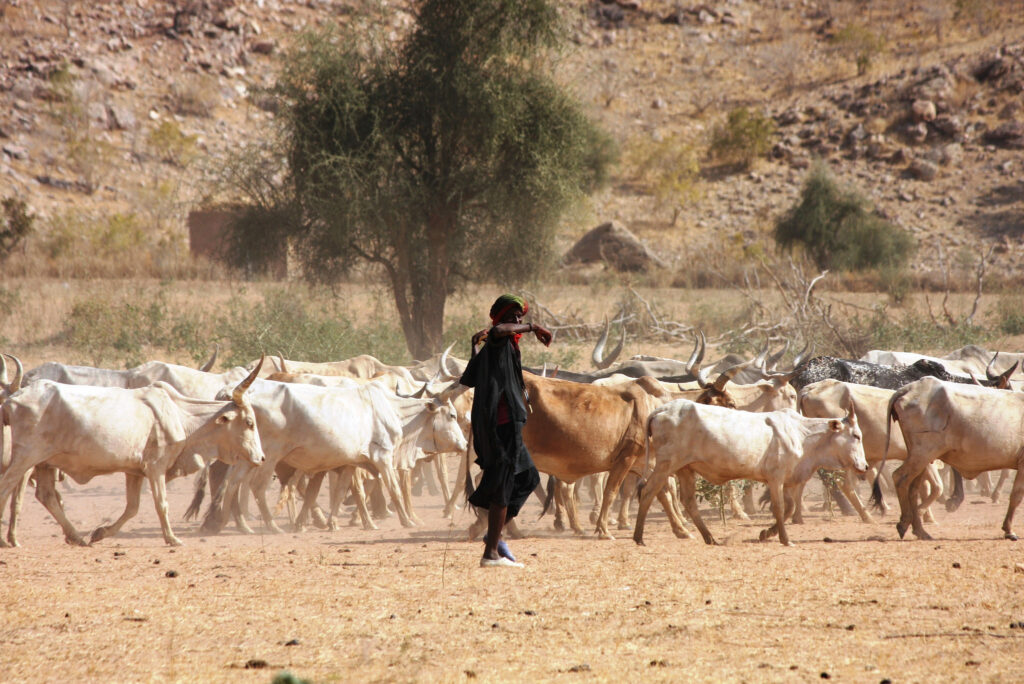
Located within the drought-prone Sahel region, Senegal is heavily reliant on rain fed agriculture despite the irregular rainfall that characterizes the region making resilience building a priority. The reliance on rain fed agriculture, only 5% of agricultural land is under irrigation, results in high fluctuation in production output adversely affecting many families. Agriculture (including forestry, livestock, and fisheries) contributes to 70% of the employed labor force with the sector accounting for 18% of GDP. Most farms are small (less than 6 acres) and about 60% are in the so-called Peanut Basin, east of Dakar. Only about 11% of Senegal’s total land area is cultivated with millet and peanuts dominating. [1]
It wasn’t unusual therefore that in 2014 – 2015 the country experienced late and poor rains which had a direct and negative impact on agricultural production; a 40% decrease in the cereal production compared to 2013/2014, and 45% compared to the average past five years.[2]
An estimated 927,000 people across Senegal were extremely affected by March 2015, 95,000 of them in the Tambacounda region of the country.
During the last decade Tambacounda has been increasingly affected by erratic rains and frequent dry spells, as well as variations in the timing and length of the rainy season. During that season, drought mainly affected the western districts, mostly dedicated to peanuts cultivation.
The government of Senegal and development partners have over the years sought ways to reduce the impact of failed rains, especially the rise in food prices, on vulnerable populations in the rural areas. Weather-based and index-based insurance are some of the interventions that have been successfully implemented in addition to climate smart agriculture. The country participates in the Africa Risk Capacity (ARC) insurance pool and also benefits from the WFP/Oxfam R4 Initiative.
As a result of the countries participation in the ARC and the presence of the R4 Initiative, Tambacounda benefited from multiple insurance interventions designed to respond to the persistent drought risk in the Sahel. Whilst benefiting from the country’s subscription to the Africa Risk Capacity, Tambacounda’s farmers were also among 300 producers in the 2014 – 2015 crop cycle who received a payout from the R4 initiative.
The R4 Rural Resilience Initiative (R4) is a comprehensive risk management approach to help communities be more resilient to climate variability and shocks. Currently active in Senegal and Ethiopia, WFP is also piloting the initiative in Malawi and Zambia with a goal of reaching 100,000 insured farmers by 2017. The Initiative combines four risk management strategies: improved resource management through asset creation (risk reduction), insurance (risk transfer), livelihoods diversification and microcredit (prudent risk taking) and savings (risk reserves).[3] The people in the Tambacounda region were the first beneficiaries under the risk transfer component of the programme, which started in Senegal in 2012.
The ARC scheme is Africa’s first parametric catastrophe insurance pool and was launched in May 2014 to provide at-risk regions with post-disaster financing capabilities. ARC uses a sophisticated software platform to assess and forecast risk. This software, known as Africa Risk View (ARV), detected that the December harvest in Senegal would be affected by the late onset of rain, and the Senegalese government was therefore able to respond by beginning to plan it’s response as early as September.
The ARC made its first payout, totaling $25 million, to three participating countries in 2015. The bulk of the pay out, $16m, was made out to Senegal and was focused on three kinds of activities as defined in the country’s contingency plan; livestock relief, food assistance and supplementary feeding for mothers and children.
By utilizing the ARV software, ARC and the relevant regions are able to assess and prepare a payout many months in advance, meaning that post-event financing and redevelopment can happen fast, and that the most vulnerable people are reached first. The ARC pay out was made out even before relief agencies had fully mobilized resources to respond to the unfolding disaster, a testimony to its effectiveness and its ability to function as anticipated. This potentially reduced the negative impact of the drought on close to one million vulnerable people.
These state-sponsored or multi-lateral institution-supported initiatives respond to The Sendai Framework’s Priority 3 on Investing in disaster risk reduction for resilience and specifically part (b) which requires countries
“To promote mechanisms for disaster risk transfer and insurance, risk-sharing and retention and financial protection, as appropriate, for both public and private investment in order to reduce the financial impact of disasters on Governments and societies, in urban and rural areas”
However, promoting mechanisms for disaster risk transfer shouldn’t be focused only on the formal instruments, such as those we are familiar with from a financial services industry perspective, but should include indigenous mechanisms that have been used by communities from time immemorial.
In 2006, the Government of Rwanda through its Ministry of Agriculture implemented a program through which every poor family is provided with a cow to ensure the family has access to milk and a source of income. This program, known locally as Girinka, or One Cow Per Poor Family Program is designed to address child malnutrition and poverty alleviation in the country. One Cow brings nutrition, sustenance and employment, providing a stable income for a family and is a source of soil nutrients via manure to assist small scale crop production. The program utilizes an existing and common behavior in many rural communities across the global south where, due to income uncertainty, the rural poor mitigate disruptions by investing in a safety net device such as holding onto a number of surplus bags of cereal for ‘a rainy day’ or keeping a family cow to provide milk and possibly to sell as a last resort. Cattle were a central part of socio-economic transactions in traditional Rwandan society and were associated with prosperity. Holding onto a cow therefore serves multiple socio-economic purposes while also addressing very practical nutrition and agricultural needs of rural communities in Rwanda. It is a coping mechanism through which rural communities underwrite their own risk in ways they understand and trust, despite their rudimentary and somewhat ineffective approach. This contemporary Girinka program leverages a better-understood mechanism to deploy a risk reduction and risk reserves approach to resilience building that also acknowledges the symbolism of the cow as a sign of prosperity in traditional culture.
Information, Interdependence, Interventions, Investment & Insurance. Five elements we consider in evaluating disaster risk reduction and resilience building initatives.
The five-element resilience evaluation framework we are discussing at LDRI recognizes the important role played by insurance, as one of the five ‘I’s, and the central role of information in making insurance possible. Without good data, it is impossible for the Africa Risk View software to function. Indeed, a number of countries that are not eligible to participate in the Africa Risk Capacity scheme are locked out by lack of data. Without good historical data and forecast data on weather and agricultural production, weather-based insurance would not be possible. Information also plays a role in the ability of citizens, and especially smallholder farmers to take steps in activating their indigenous insurance mechanisms such as withholding a predetermined amount of cereals from the market, or participating in formal insurance schemes in order to build back better once the disaster is past.
Regardless of whether the insurance mechanism being promoted is commercial or state-sponsored, two aspects are of great importance.
Accessibility
It is possible that, in an effort to improve efficiency and reduce corruption or waste, measures can be introduced that reduce the accessibility of insurance schemes and result in vulnerable populations being left behind. In countries that have national identity card systems with incomplete coverage, requiring formal identification from beneficiaries can leave them out.
Weather-based insurance products provided by the private sector can struggle with accessibility in this way as well. They can also be plagued by poor geographical coverage of agents requiring clients to travel long distances to subscribe to the scheme.
Requirements for a male member of the household to authorise participation are common in many parts of Africa making it difficult for single mothers and widows to access insurance services.
Affordability
The cost of subscribing to an insurance scheme can be prohibitive, locking out those who need it most despite the obvious benefits of participation. Evidence of trade-off behaviour has been observed among those who live at the base of the pyramid in Africa, a considerable number of whom are smallholder farmers. When the costs of a product deemed necessary are too high, the individual opts to forego a product/service deemed less necessary in order to purchase the more necessary one. Insurance, due to its uncertain and delayed benefits, can tend to be on the wrong end of these trade-offs if priced too high. This ‘phenomenon’, known as basis risk in the industry, the risk of low correlation between insurance payouts and actual crop losses, is potentially a real threat both to demand for, and effectiveness of, index-based micro-insurance.[4]
It’s not only about the upfront cost of the premiums but also about the costs of sustained participation when payments are spread out. In insurance schemes where buyers can pay in periodic instalments, models that take into account the uncertain nature of smallholder farmer incomes may have better chances of success than those that are unforgiving in their demand for consistency in payments for premiums. Liquidity constraints therefore pose an existential risk to index or weather-based insurance products for smallholder rural farmers and must be factored into the design of the product’s delivery chain.
More profitable investment decisions tend to be riskier than the norm. Index-based insurance can help agricultural households take risks by providing them with a formal risk mitigation mechanism and potentially empower them to create more wealth and employment. Although theoretically promising, take-up of index-based products has grown only slowly despite the common understanding on the benefits vis-à-vis the risks posed by weather on agricultural output and by extension their livelihoods. In addition to basis risk and liquidity constraints, inadequate trust in the insurance provider is also a threat to successful roll-out of insurance interventions making it necessary for insurance industry regulators to encourage actors in the space to invest in civic education and maintain a strong track record in timely and complete pay outs on claims.
For the resilience building programs we deploy in Africa to be effective and sustainable, innovating in design, delivery and packaging of index-based insurance for smallholder and small-scale commercial farmers will be essential.
[1] http://www.nationsencyclopedia.com/Africa/Senegal-AGRICULTURE.html#ixzz47JlLKbPd
[2] http://reliefweb.int/report/senegal/senegal-humanitarian-overview-10-february-2015
[3] https://www.wfp.org/stories/senegal-building-resiliance-rural-communities
[4] http://r4d.dfid.gov.uk/pdf/outputs/systematicreviews/MicroinsuranceWeather2012ColeReport.pdf
Image source: https://flic.kr/p/mb9LjQ ©EC/ECHO/Anouk Delafortrie CC-BY-ND

